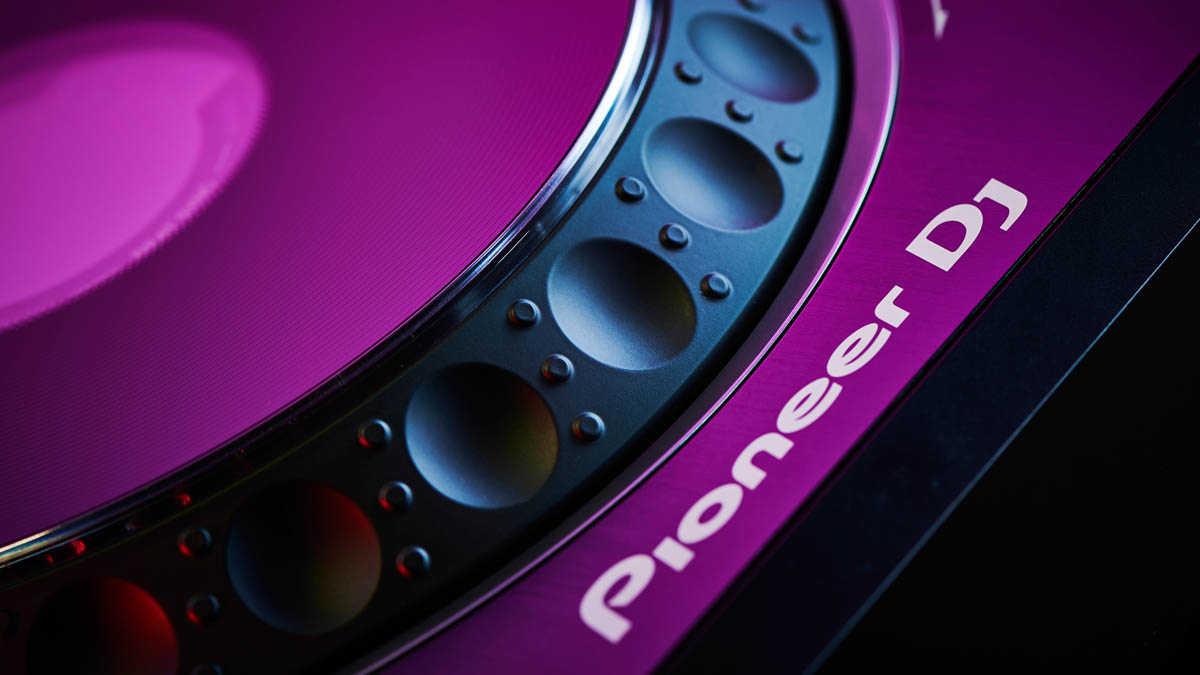MusicRadar Verdict
Doesn’t win on cost, but we see it being a staple of DJ booths worldwide, and it’s a welcome upgrade on the previous model.
Pros
- +
Bigger, brighter 9”, 720p touch screen.
- +
Great for outdoor event use.
- +
Familiar to Pioneer DJ product users.
- +
Improved build quality, play/cue buttons in particular.
- +
More responsive thanks to upgraded internal processing... Particularly when loading tracks from USB drives.
Cons
- -
Over 40% more expensive than competitor kit.
- -
And no dual layer mode or streaming/cloud locker support.
MusicRadar's got your back
What is it?
After nine years as the industry-standard DJ players, found at pretty much any festival, nightclub or bar worldwide, Pioneer DJ’s CDJ-2000 series were in major need of a refresh, particularly in the face of serious competition from companies like Denon, who’ve released kit in recent years that offers more functionality than the equivalent Pioneer models, but at a substantially lower price.
So, Pioneer DJ has responded with their brand new CDJ-3000 multi-player. The layout and features of this new model will be very familiar to anyone who’s used the 2000 series before, with evolution as opposed to revolution being the order of the day.
However, there’s a couple of things missing that might annoy some, with the CDJ-3000 losing its predecessor’s start speed adjustment dial and CD drive – not a dealbreaker for most, admittedly, but something to bear in mind if you still play out using CDs.
When unpacking the deck, the first things we noticed were the bigger screen, aluminium faceplate and generally more substantial feel build quality-wise, all of which contribute to a more premium feel than you’d expect from a DJ player that costs north of £2,000.
Pioneer DJ says it has upgraded the play and cue buttons to improve longevity – they feel more solid than before for sure, but we’d be interested to see how they hold up after some time in a busy DJ booth.
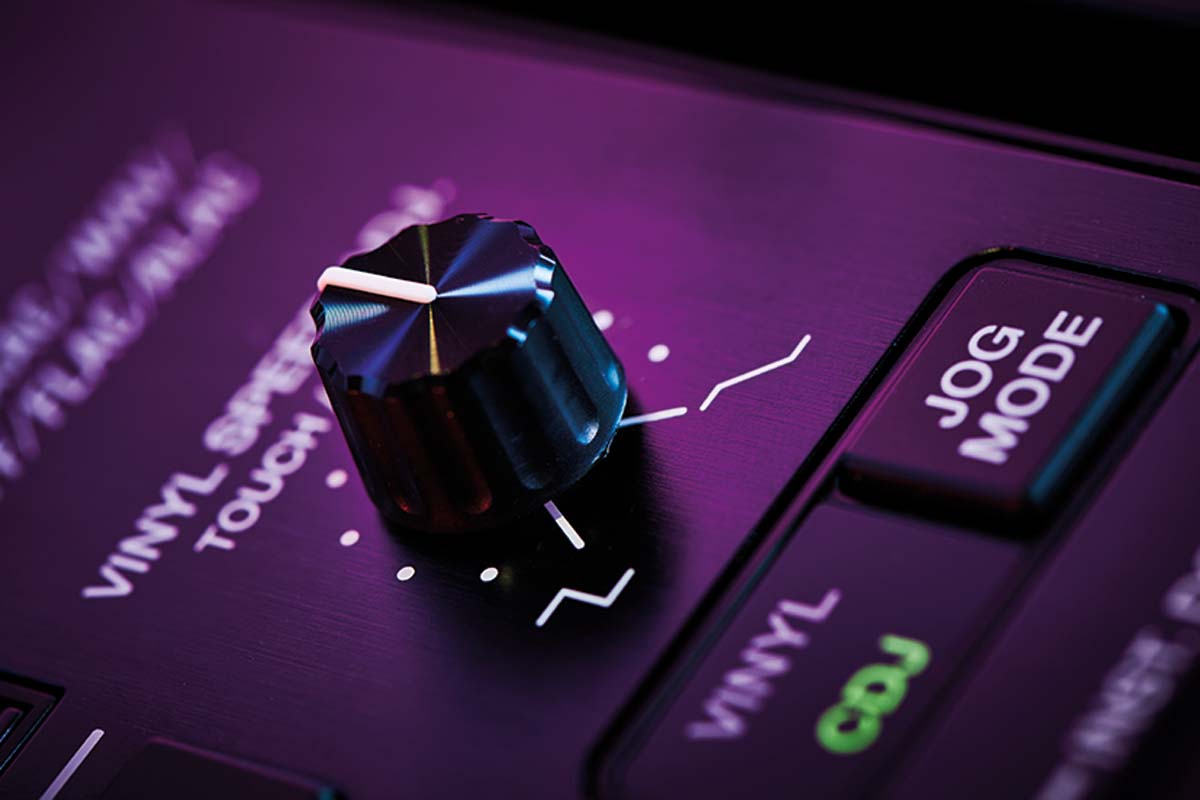
Jog on
The re-designed jog wheel seems both more solidly built, and more accurate than previous offerings from Pioneer DJ, especially when doing fast scratches in vinyl mode. The tension adjustment, in particular, is nicer than before, with the jog wheel noticeably quieter in operation.
The upgraded LCD screen in the centre is taken from the recent XDJ-XZ and shows any artwork attached to your music files as a handy visual aid, as well as indicating if you’ve got sync, slip or vinyl mode on. As before, you can see the playback position, which is great for scratch DJs.
The new 9”, 720p touch screen is a welcome improvement over the previous model, as well as being 150% brighter, which will help massively when DJing outdoors. The added screen real estate has been used to offer more substantial menus than before, with Touch Preview allowing you to check out any part of a track before loading by touching its waveform in the browser.
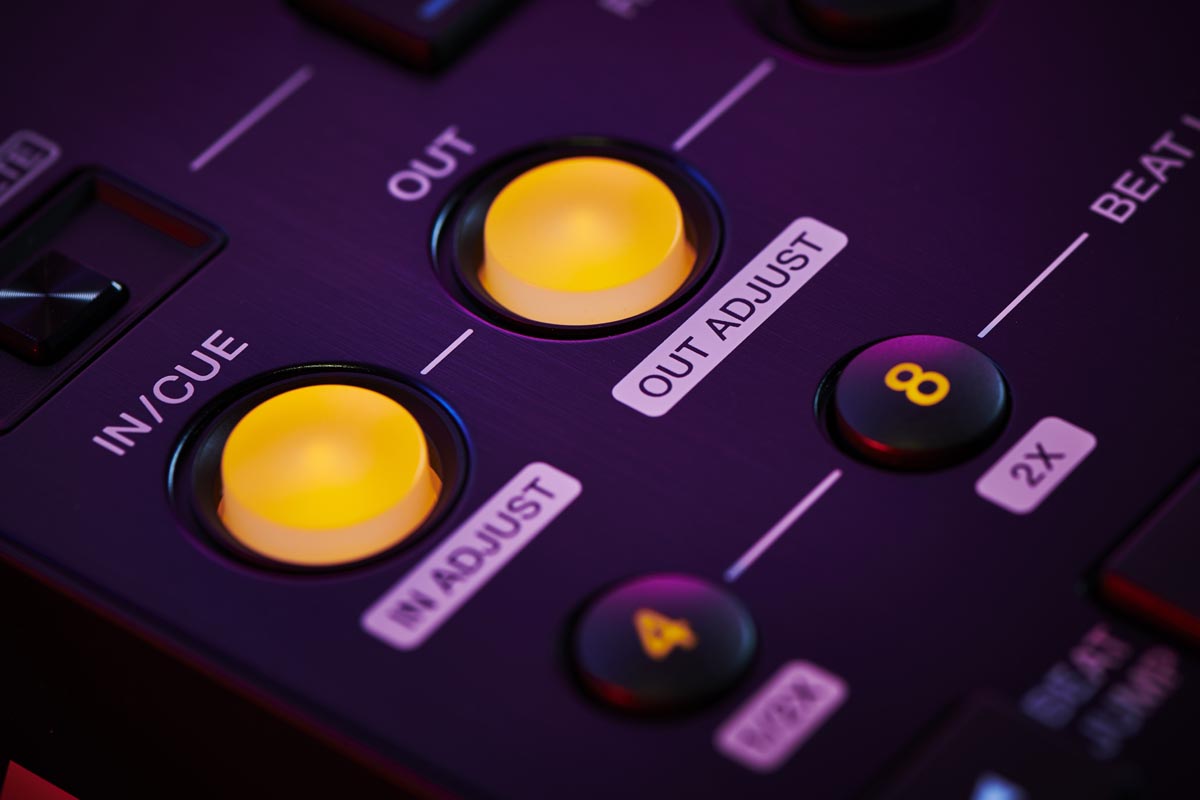
Performance and verdict
When you’re in the mix, the new screen offers much more comprehensive waveform views than before, with the clunky four beat marker bars from the previous model – used to show how tightly in time the track is with the one playing from another deck – being replaced with a zoomable second track waveform, allowing you to see precisely where the two tracks being mixed sit in relation to each other.
We also liked the three-band waveform option, which shows you the loudness of each frequency band of a track, in a similar way to Denon’s Prime series.
We certainly noticed that the 3000 sounds nicer than its predecessor, but particularly enjoyed the much-reduced load times when inserting a USB, or loading a track laced with memory and hot cues
As well as redesigned analogue and digital output circuits, the internal processing has been beefed up, with two multi-core processors driving a 32-bit float/96kHz audio engine that promises clearer sound quality than before.
We certainly noticed that the 3000 sounds nicer than its predecessor, but particularly enjoyed the much-reduced load times when inserting a USB, or loading a track laced with memory and hot cues – great for quick mixes.
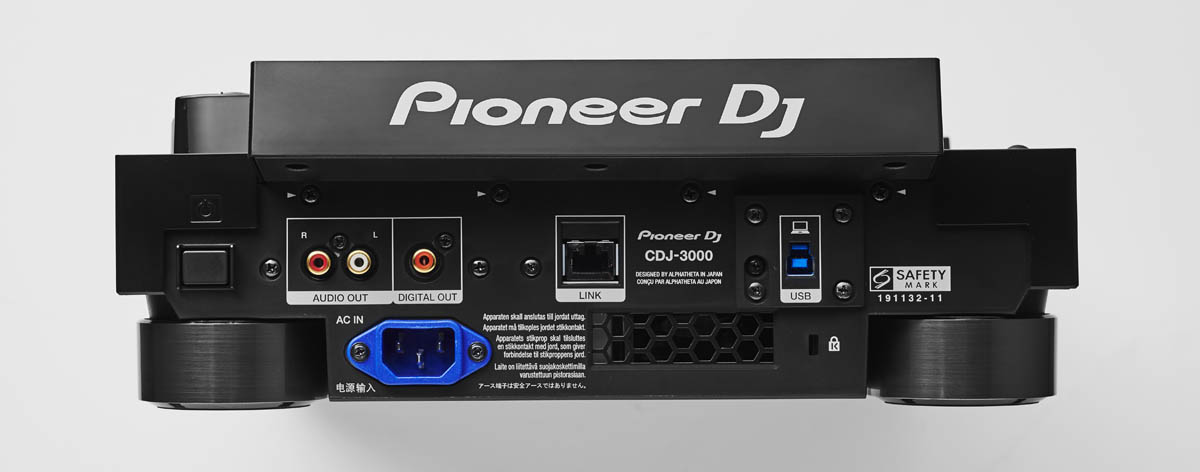
Another benefit of the improved processing power is the ability to link up to six CDJ-3000s together at once via gigabit ethernet, allowing you to mix on six decks from just one USB or SD card, suitable mixer permitting of course.
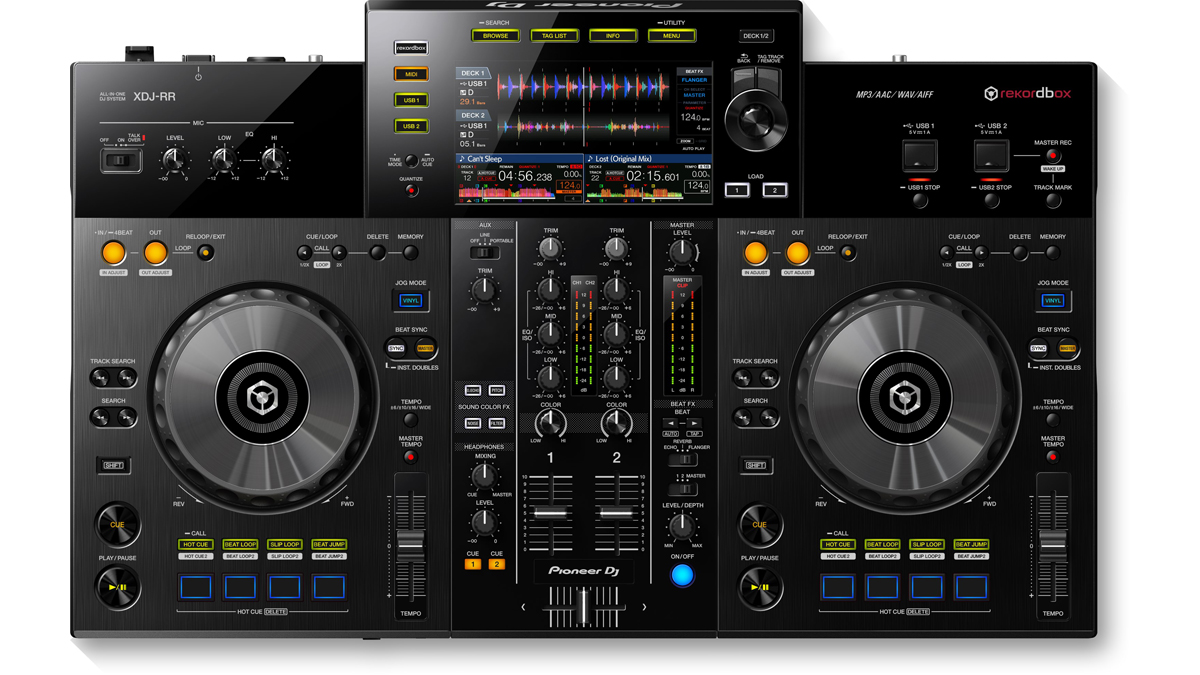
• Pioneer DJ XDJ-RR
If you’re not so fussed about having individual decks, then the XDJ-XZ offers up much of the CDJ3000’s feature set at a more sensible cost, but as an all-in-one DJ system that also boasts a four-channel mixer and Pro DJ Link, letting you add extra Pioneer DJ kit.
• Denon SC6000 Prime
The SC6000 Prime offers many of the advanced features that have just landed in the CDJ3000, as well as a larger 10.1” touchscreen and dual-layer support, allowing you to mix two tracks from the one deck.
Meanwhile, if you have the deck linked to either the DJM-V10 or DJM-900 Nexus 2 mixer via Ethernet then you can preview another part of the playing song by touching the waveform without the audience hearing what you’re doing – great for back to back marathons, or if you’re not too familiar with the particular track you’re playing.
Cue Jumping
One big improvement over the previous model in terms of creativity is the addition of eight separate hot cue buttons directly under the screen, as opposed to the four hot cues of the 2000 Nexus 2 (with a shift key to access the other four hot cues).
The CDJ-3000 is a welcome update to the undisputed industry standard of DJ multi-players, and easy to use if you’re au fait with Pioneers DJ's products
They’re bigger and more solid than before and can be colour-coded as an aid to memory too, making it easier for you to do convincing re-edits, chops and cuts. The looping function has been refreshed too, with the option to create triplet or odd number loops, which is great fun for creating your own polyrhythms from breakbeats and so on.
You can also make the track playing jump forwards or back by a number of beats specified in the Utility menu by using the new Beat Jump feature – this also works when you’re in a loop, meaning you can make your entire loop move forwards or backwards quickly.
The CDJ-3000 is a welcome update to the undisputed industry standard of DJ multi-players, and easy to use if you’re au fait with Pioneer’s DJ products already.
It does, however, feel that Pioneer DJ is playing catchup with Denon’s DJ products in certain aspects – in-built streaming and cloud locker support, alongside a dual-layer playback mode, would be welcome on a flagship deck at this price point.
MusicRadar verdict: Doesn’t win on cost, but we see it being a staple of DJ booths worldwide, and it’s a welcome upgrade on the previous model.
The web says
"The CDJ-3000s are incredibly fun to mix on and a welcome breath of fresh air for the Pioneer DJ ecosystem. Every DJ wins when features like Key Sync become standard and expected on a flagship media player. Here’s hoping that Pioneer DJ will continue to invest in these players and release updates with more features that make these units powerhouses for years to come."
DJ Tech Tools
"The CDJ-3000 is built like a rock. Everything feels tight and I found no hiccups. Tracks load at a blazing fast speed, regardless of the source. Seeing as these are the top of the line players, they come with a top of the line price point, but they always have."
Magnetic Mag
"The CDJ3000 is a very welcome update to the range. An update long time users will be happy to play on. Built to address the older units flaws, the new build quality oozes quality. Sure, it’s not the technological marvel that truly rivals the Denon SC6000 players but it never really could be."
We Are Crossfader
Hands-on demos
Crossfader
Digital DJ Tips
Pioneer DJ
Specifications
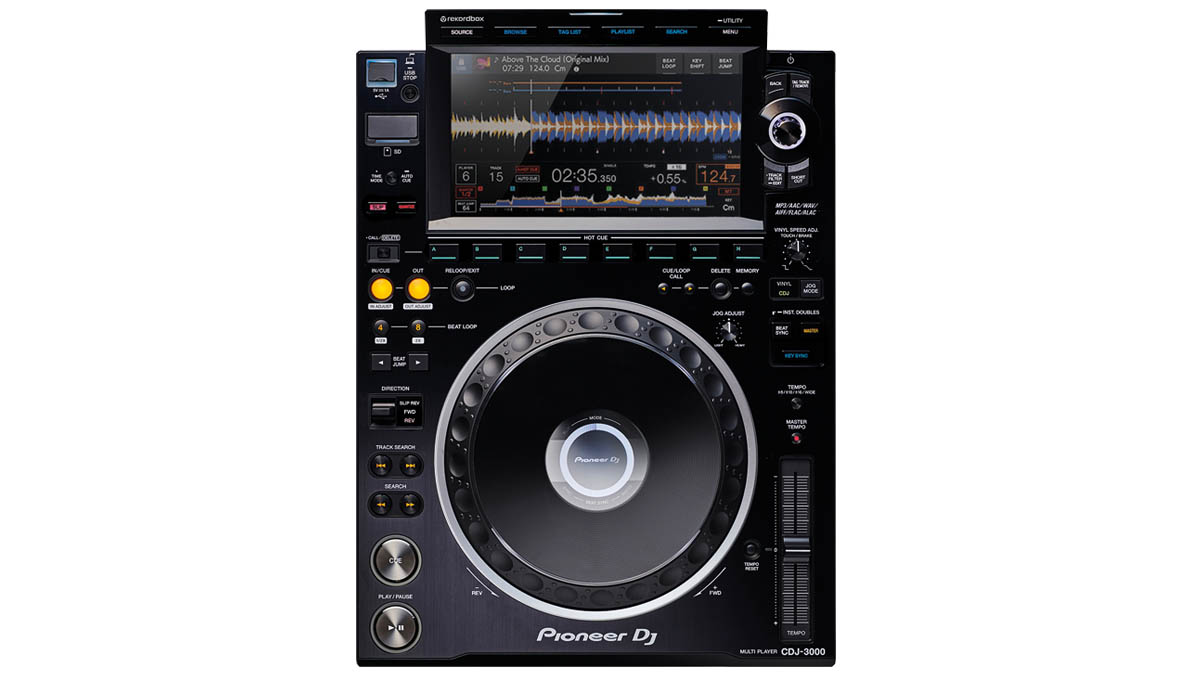
- TYPE: DJ player
- KEY FEATURES: 9” 720p touch screen, Redesigned jog wheel with vinyl scratch mode, LCD artwork & information display, Auto BPM and key sync modes, RCA analogue and digital outputs, Playback of MP3, AAC, WAV, AIFF, FLAC and ALAC files from USB drive, SD card or laptop, Link up to six CDJ3000s via Ethernet
- CONTACT: Pioneer DJ
“I used everything I knew about music”: How Green Day exceeded expectations with their most ambitious song
YouTube just added AI tools that makes musicians, library music and video editors redundant
“Every one of them said yes without hesitation": Hank Marvin and Roger Taylor have just remade a '60s classic for charity
